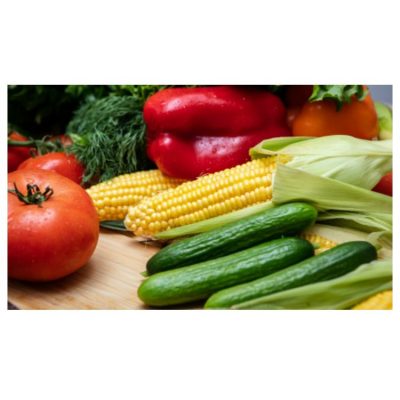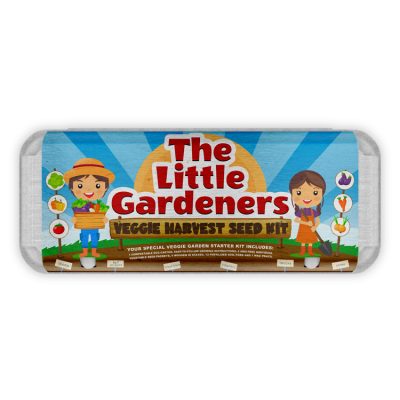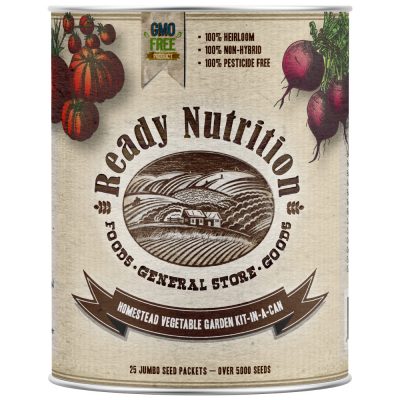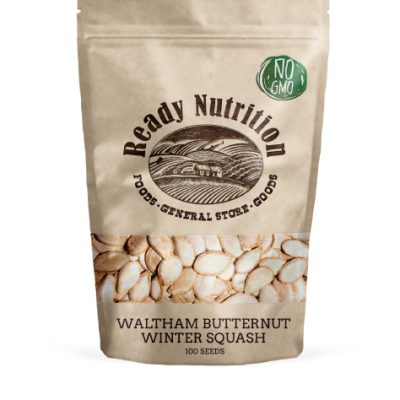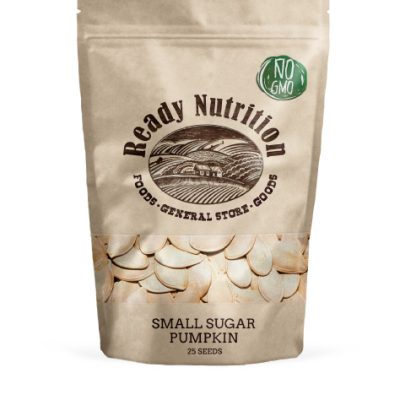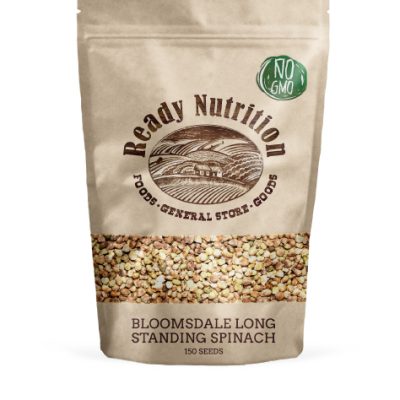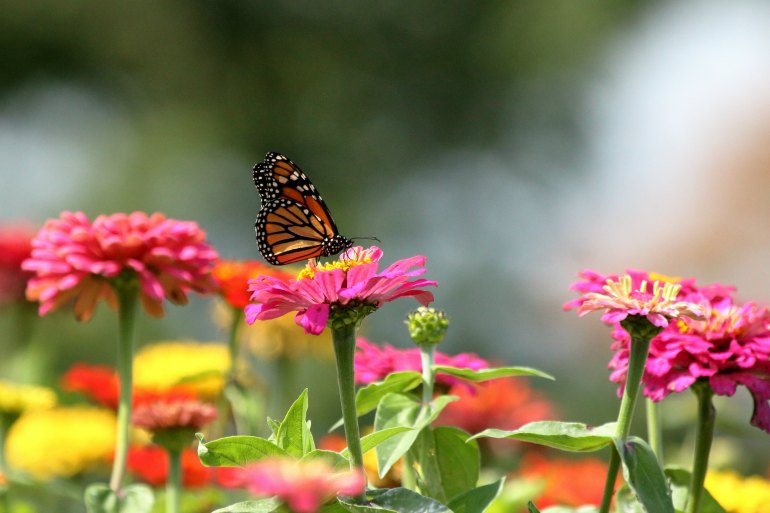
A tell-tale sign of a happy garden is to see it brimming with activity from nature. In fact, one way to tell if your garden is going to b successful is how many butterflies and bees like to hang around your plants. We all know that butterflies, hummingbirds, and bees are beneficial to the garden. But are we doing enough to attract them? Attracting pollinators increase your chances of pollinating flowering vegetables and fruits that can produce fruit. As well, they add beauty to the garden.
One of my personal tips for these who live in a zone 4 or cooler climates, is to choose native plants, and only opt for perennials. Annuals just cost too much money to replace every year for the amount of flowering plants we like to have around.
According to one website, these are the criteria for planting pollinator-friendly plants:
-
- Choose plants native to your region. This helps them grow in a natural habitat and keeps you from extra work in the garden.
- Choose nectar- and pollen-rich flowers with a range of shapes, sizes, and colors.
- Avoid modern hybrids.
- Have several different plants in bloom from early spring through late fall.
- Plant in drifts.
- Avoid landscape fabric and mulch.
- Save perennial garden cleanup for spring.
10 Pollinator-Friendly Plants to Grow in the Garden
- Sunflowers
- Coneflowers
- Salvia
- Flowering herbs such as peppermint, lavender, catmint, hummingbird mint, bergamot, fennel, dill, passionflower
- Bee balm
- Milkweed
- Butterfly weed
- Calendula
- Dahlia
- Phlox
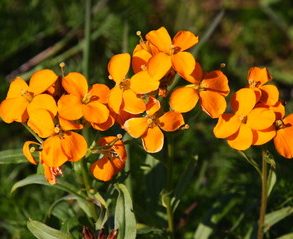
Siberian Wallflowers
We have a few Siberian Wallflowers for this year as well, but they haven’t come in yet. We are attempting to grow them from seeds, but these are fragrant and beautiful when they do bloom. We also enjoy lavender. I have always said that you can’t really have too much lavender. It’s incredibly useful and it looks great in any garden! If you already have lavender in your yard, then you might have noticed that when it’s in bloom, it attracts bees like a magnet. That’s because the fragrant plant has both pollen and nectar to feed the bees. Another huge benefit is that it blooms during a midsummer gap when bees are usually the hungriest but have fewer pickings. Because lavender is very productive, you can even cut some blooms to enjoy in a vase indoors and there will still be plenty of flowers leftover for a bee-friendly feast. We also like catmint and highly recommend it if you have a cat. We have 3 cats and one loves to roll around on the catmint. The plant is sturdy and will continue to grow after a cat has messed with it. Ours is shaped kind of like a bowl, thanks to the cats, but it still constantly has bees and other bugs on its flowers.
An additional tip to boost the number of pollinators you have during the summer would be to add hummingbird feeders, a birdbath, or another small water source for pollinators in the hot months.
At the end of the day, pollinator plants serve two main functions: they attract beneficial bugs, bees, and birds, and offer an aesthetically pleasing look to your garden! Let us know what your favorite pollinator is in the comments!

